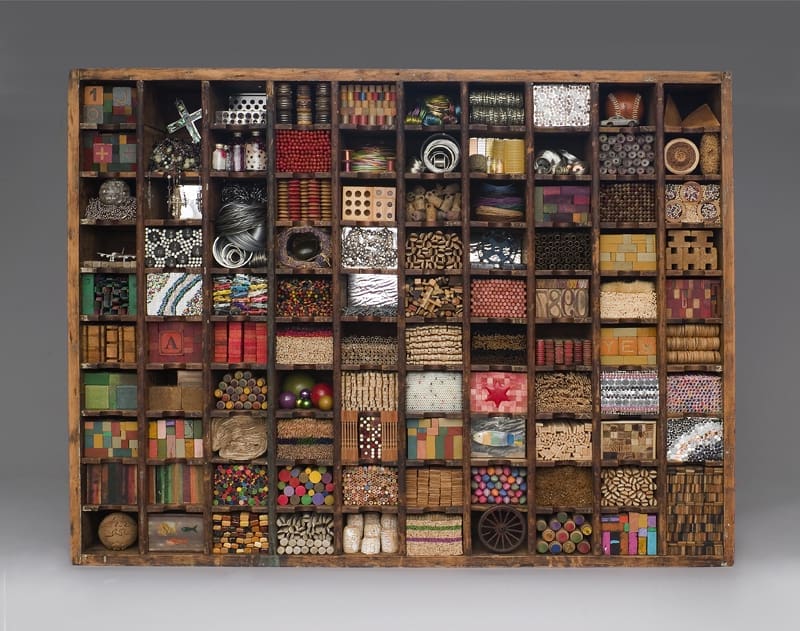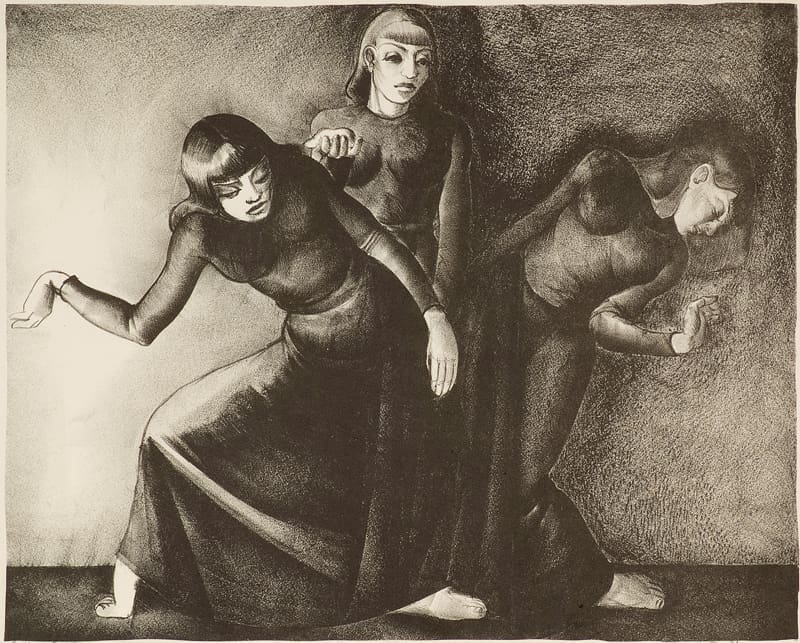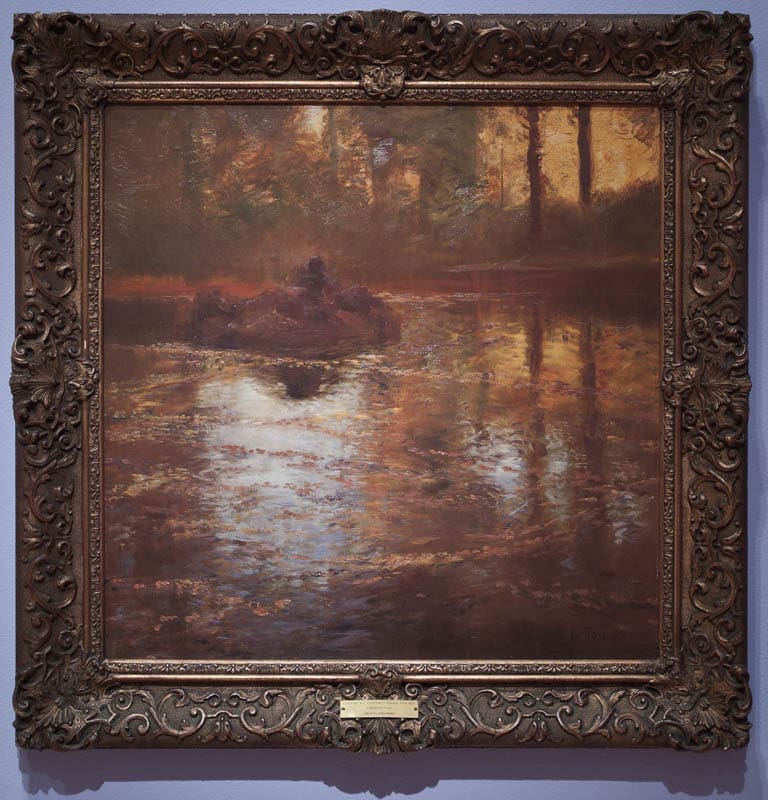Many of us might feel a little out of sorts when faced with trying to understand modern and contemporary art. A little bit of knowledge can go a long way. Knowing about the artist’s motivation or the quality of the technique might make you think differently. Sometimes just looking closely at the details in the work can grow your appreciation. If nothing else, these short experiences are a nice diversion.
Here are ten bite-sized nuggets of info to give you something to think about when looking closer:

![]()
Wilson’s largest and most complex assemblage, Retrospective summarizes and celebrates the many different types of objects that she incorporated into her work over the course of more than fifty years.

![]()
Joseph O’Sickey believed “The subject doesn’t matter… what the artist brings to it is the important thing.”

![]()
The photographer Hiroshi Sugimoto asked himself “What would be the most unchanged scene on the surface of the earth?”

![]()
In this mysterious image, a lone figure draped in a flowing white garment seems to press into the wind as an ocean wave breaks in the background. Her bent pose is unusual and it is unclear why she has her hands clasped behind her head. Is she injured? Is she trying to take off her dress?

![]()
Realizing that works of art do not always need to be complicated or laboriously constructed, Richard Tuttle instead celebrates delicate slightness.

![]()
As a prominent participant in the Regionalist movement, Thomas Hart Benson portrayed scenes of rural America in a manner that appears visually stylized yet reflective of everyday reality. background. Her bent pose is unusual and it is unclear why she has her hands clasped behind her head. Is she injured? Is she trying to take off her dress?

![]()
A longtime favorite across Northeast Ohio, William Sommer absorbed ideas from Cubism and other modern European art movements, adapting them to his distinctly Midwestern subject matter of farm scenes, landscapes, and portraits.

![]()
In this scene from the Great Depression, a street vendor selling melons, pears, and other fruit contends with a dissatisfied customer.



